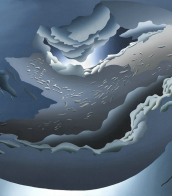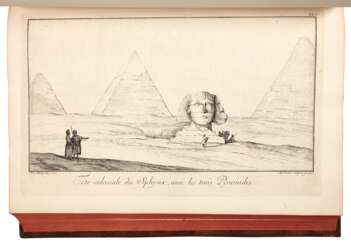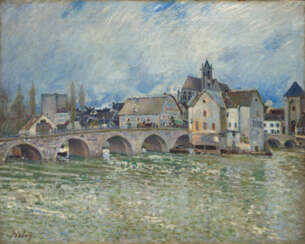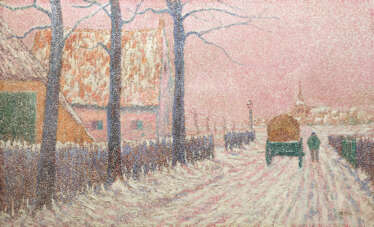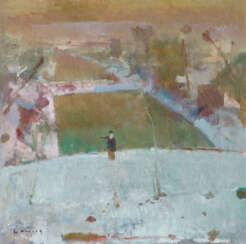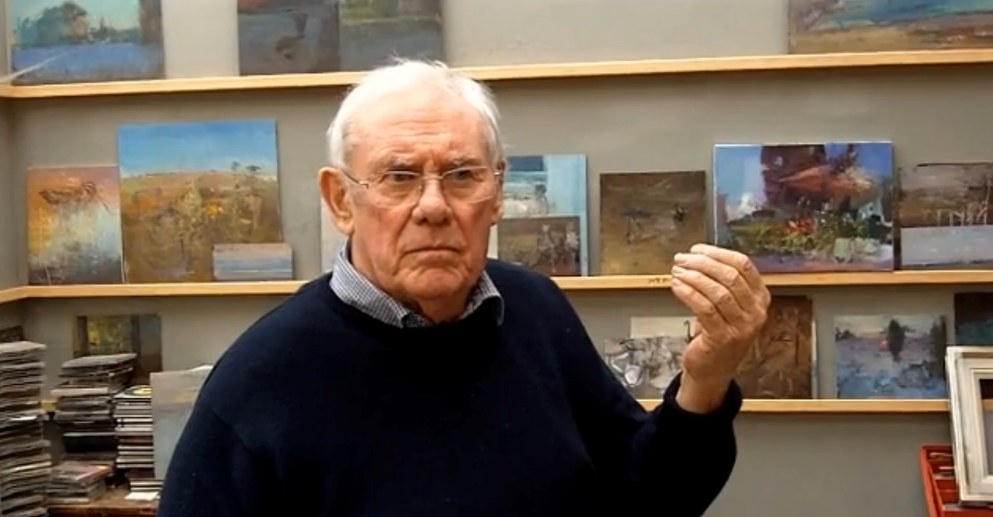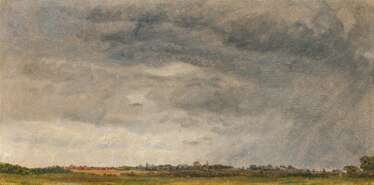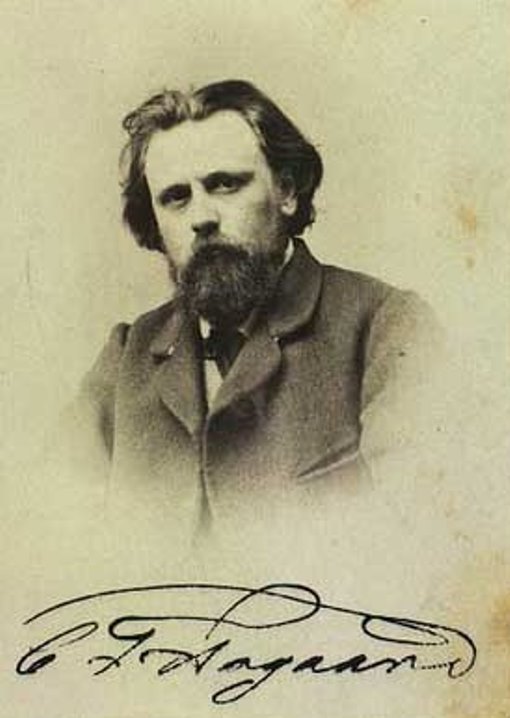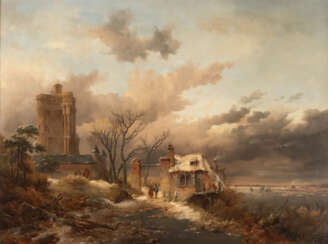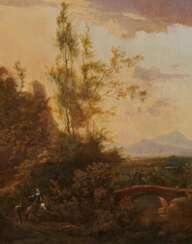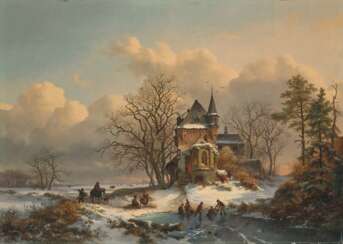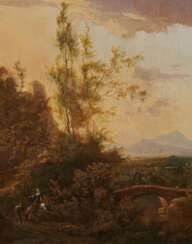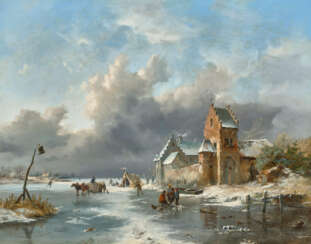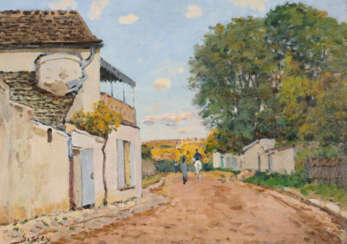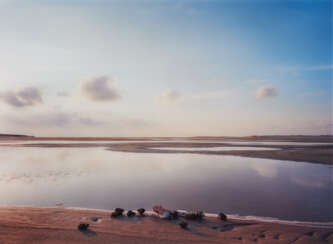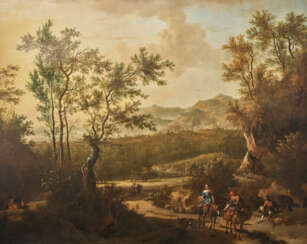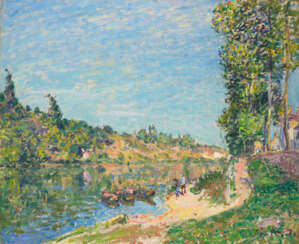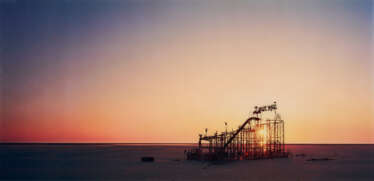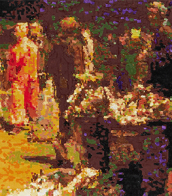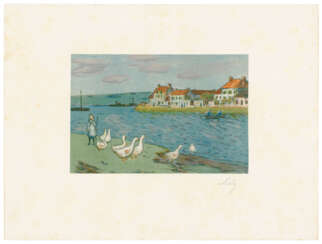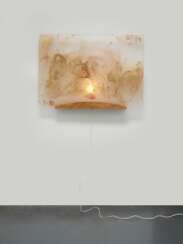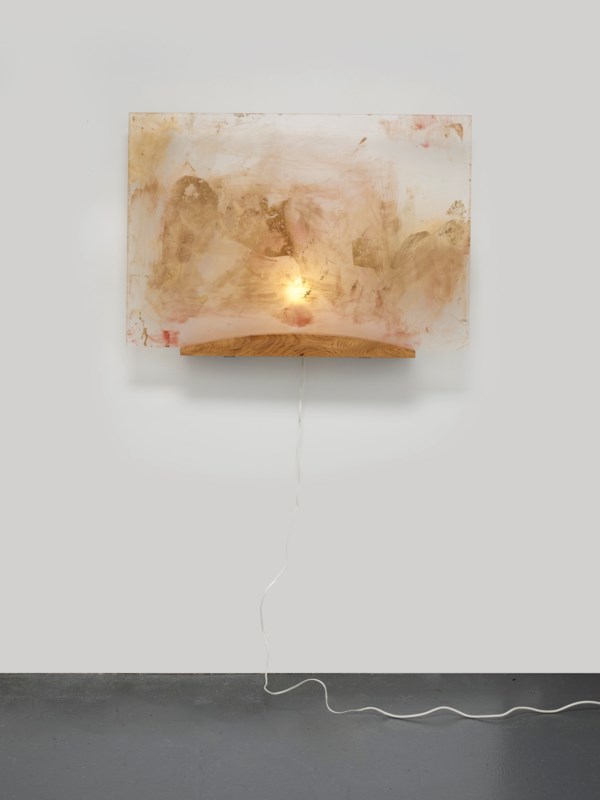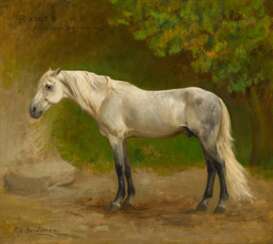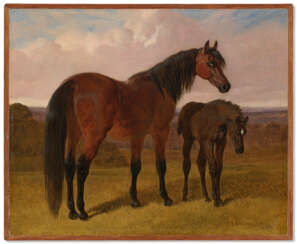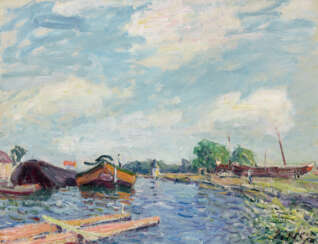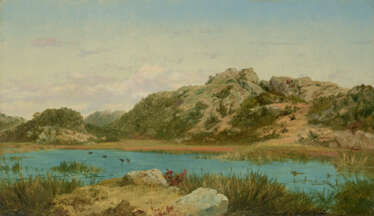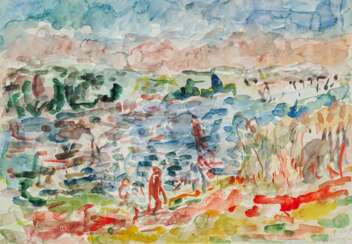red landscape
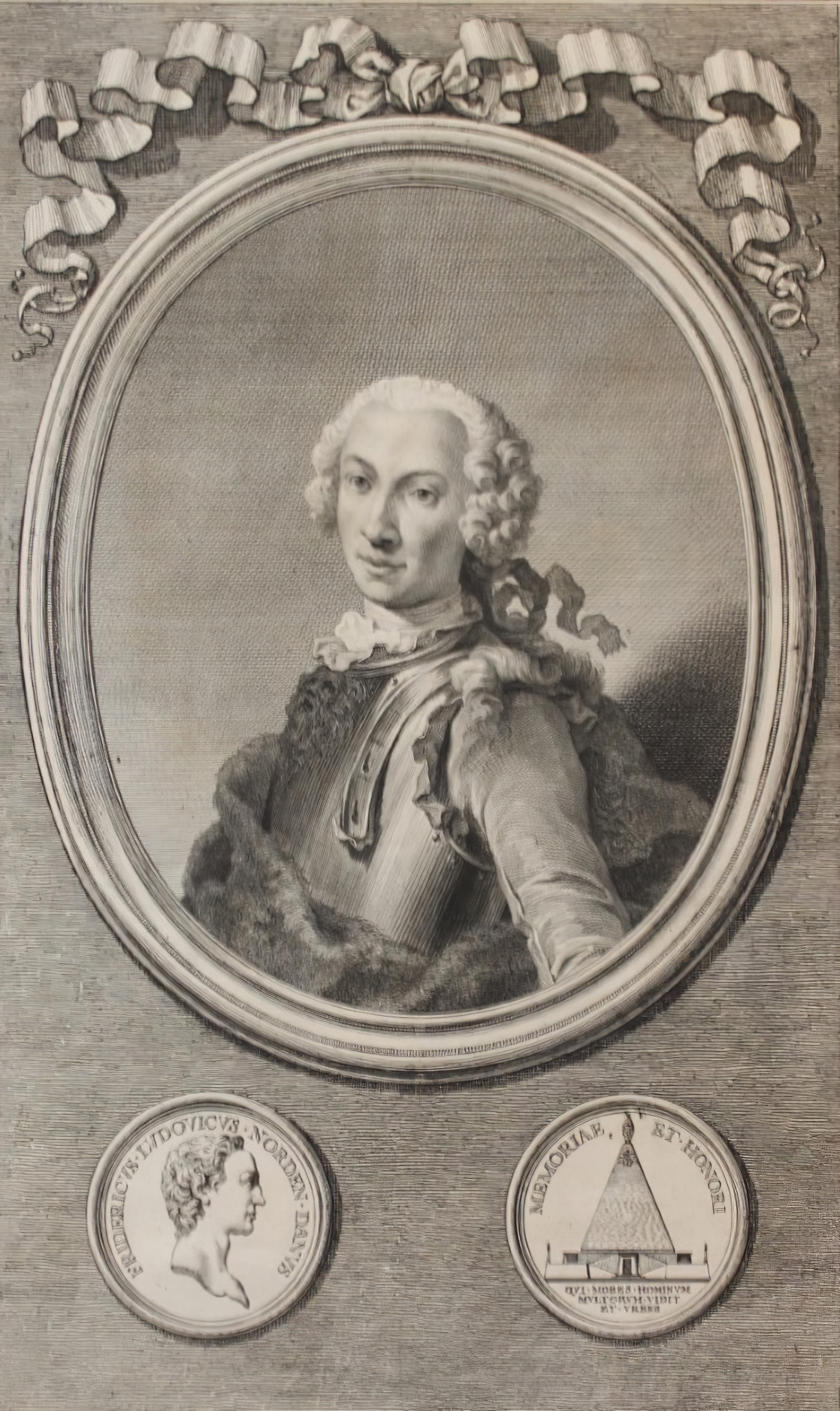

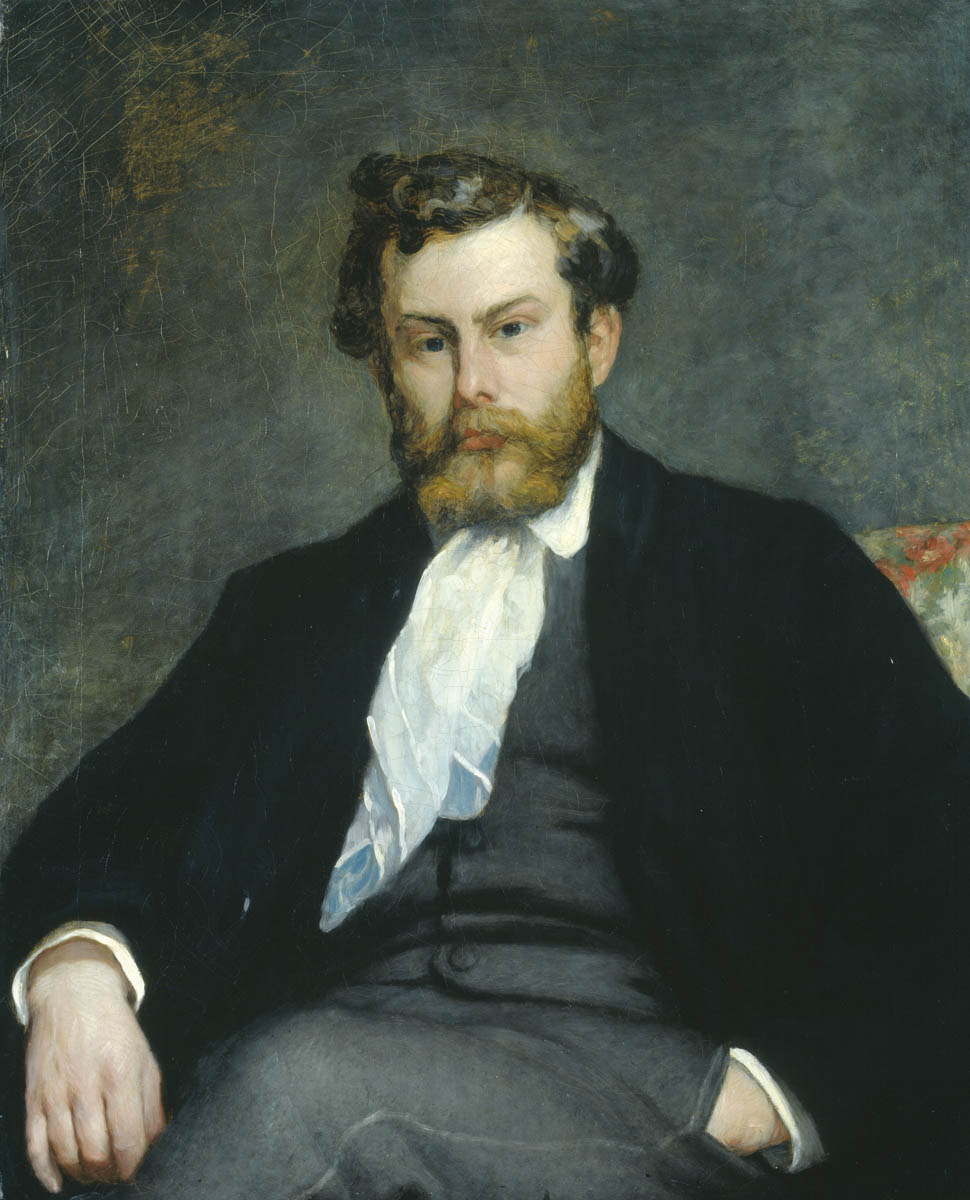
Alfred Sisley was a Franco-British painter, celebrated as a key figure in the Impressionist movement. Born in Paris to British parents, Sisley dedicated his artistic career to capturing the tranquil landscapes of his adopted France, particularly the areas around Paris and Moret-sur-Loing, where he spent his later years.
From the beginning, Alfred Sisley was a devoted landscape artist, preferring to work en plein air to capture the subtle shifts in the atmosphere and light of his surroundings. Unlike some of his contemporaries who explored urban scenes or human figures, Sisley's works predominantly feature rural settings, quiet streets, and serene river scenes, often devoid of people. His approach was deeply influenced by earlier landscape painters like Jean-Baptiste-Camille Corot, yet his style embodies the quintessential Impressionist focus on light and color.
Despite his dedication and prolific output, Alfred Sisley's work did not gain significant recognition or financial success during his lifetime. It was only posthumously that his paintings began to receive the acclaim they deserved, with his canvases now held in prestigious collections worldwide, including the Musée d'Orsay and the National Gallery.
For collectors and experts in art and antiques, Alfred Sisley's works represent a poignant chapter in the history of Impressionism, characterized by a gentle yet profound rendering of the natural world. His paintings not only reflect the beauty of the French countryside but also encapsulate the fleeting moments of light and weather, making them timeless masterpieces of Impressionist art.
For those interested in the serene beauty of Alfred Sisley's landscapes and updates on exhibitions or sales of his works, signing up for specialized newsletters can provide invaluable insights and opportunities.

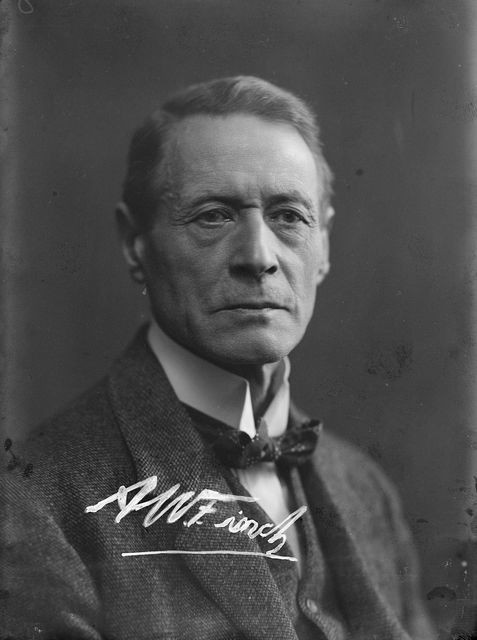
Alfred William (Willy) Finch was a ceramist and painter in the pointillist and Neo-Impressionist style. Born in Brussels to British parents, he spent most of his creative life in Finland. In 1883 he became a founding member of Les XX, a group of twenty Belgian painters, designers and sculptors, who rebelled against the prevailing artistic standards and outmoded academism. He was impressed by the works of Georges Seurat and Paul Signac and changed his own painting style from a more realistic approach into a pointillistic style. In the following years, Finch became one of the leading representatives of his style in Belgium, along with Théo van Rysselberghe. During the early 1890s Finch switched careers from painting to pottery, upon the realization that he couldn't make a living by painting. In 1897, invited by count Louis Sparre, Finch moved to Porvoo, Finland, to head the Iris ceramics factory, and influenced the development of the local Jugendstil. After the factory was closed, Finch resumed his painting career.

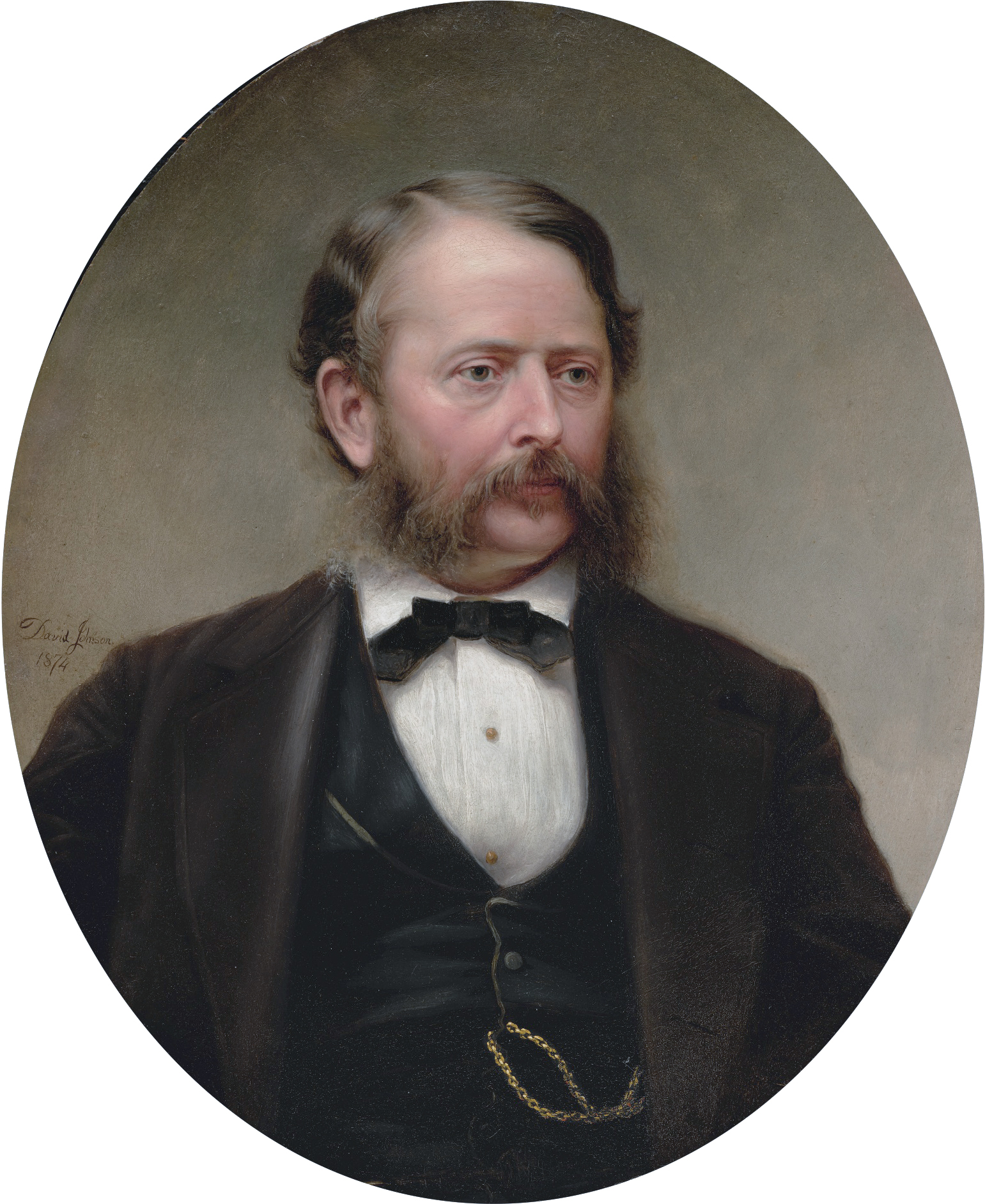
John Frederick Kensett was an American landscape painter and engraver born in Cheshire, Connecticut. He was a member of the second generation of the Hudson River School of artists. Kensett's signature works are landscape paintings of New England and New York State, whose clear light and serene surfaces celebrate transcendental qualities of nature, and are associated with Luminism. Kensett's early work owed much to the influence of Thomas Cole, but was from the outset distinguished by a preference for cooler colors and an interest in less dramatic topography, favoring restraint in both palette and composition. The work of Kensett's maturity features tranquil scenery depicted with a spare geometry, culminating in series of paintings in which coastal promontories are balanced against glass-smooth water. He was a founder of the Metropolitan Museum of Art.
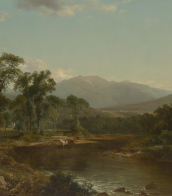
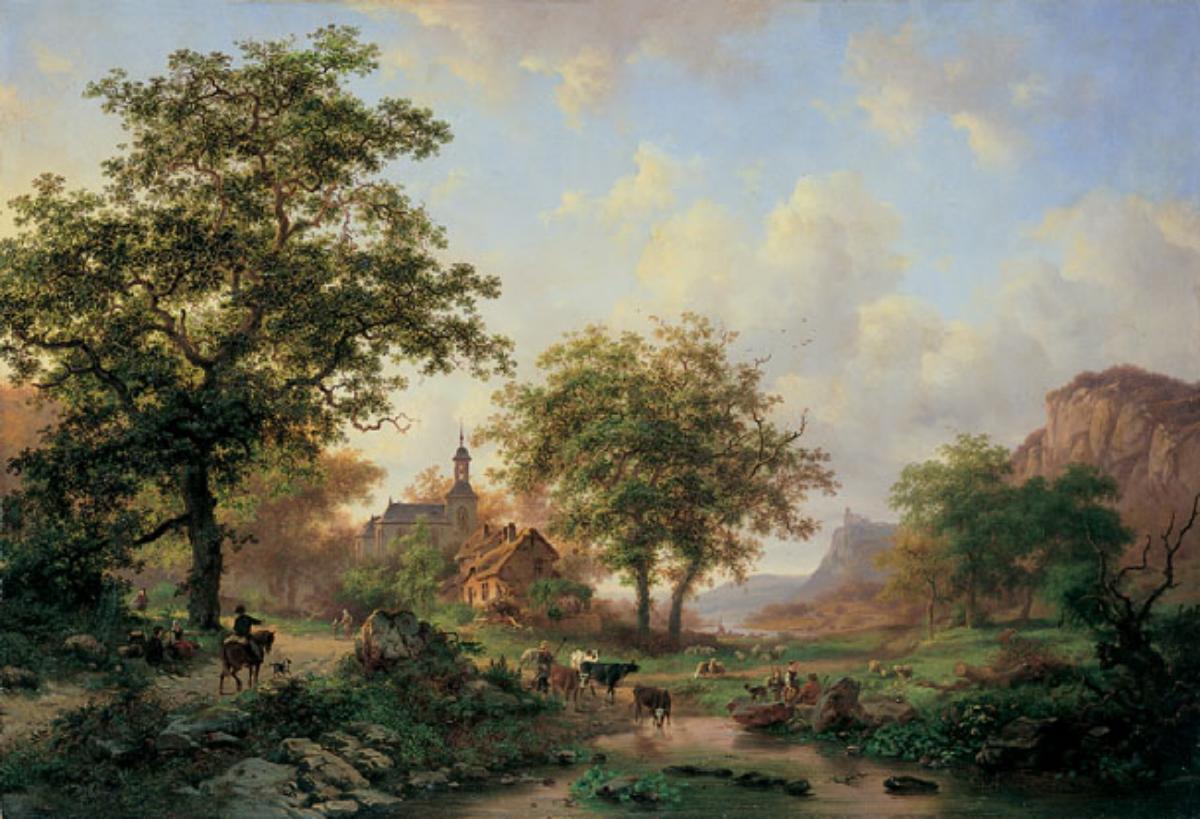
Fredrik Marinus Kruseman was a Dutch painter who specialized in Romantic style landscapes. He received his first drawing lessons from Jan Reekers and attended the Vocational School in Haarlem from 1832 to 1833. That year, he began to study painting with Nicolaas Johannes Roosenboom and, in 1835, moved to the Gooi, where he took advanced studies with Jan van Ravenswaay. He also studied briefly with the landscape painter, Barend Cornelis Koekkoek. In his output of approximately 300 to 350 paintings, only three still-lifes are known and the rest are landscapes. He also made a large number of drawings.
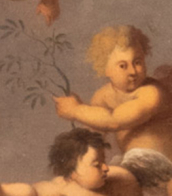
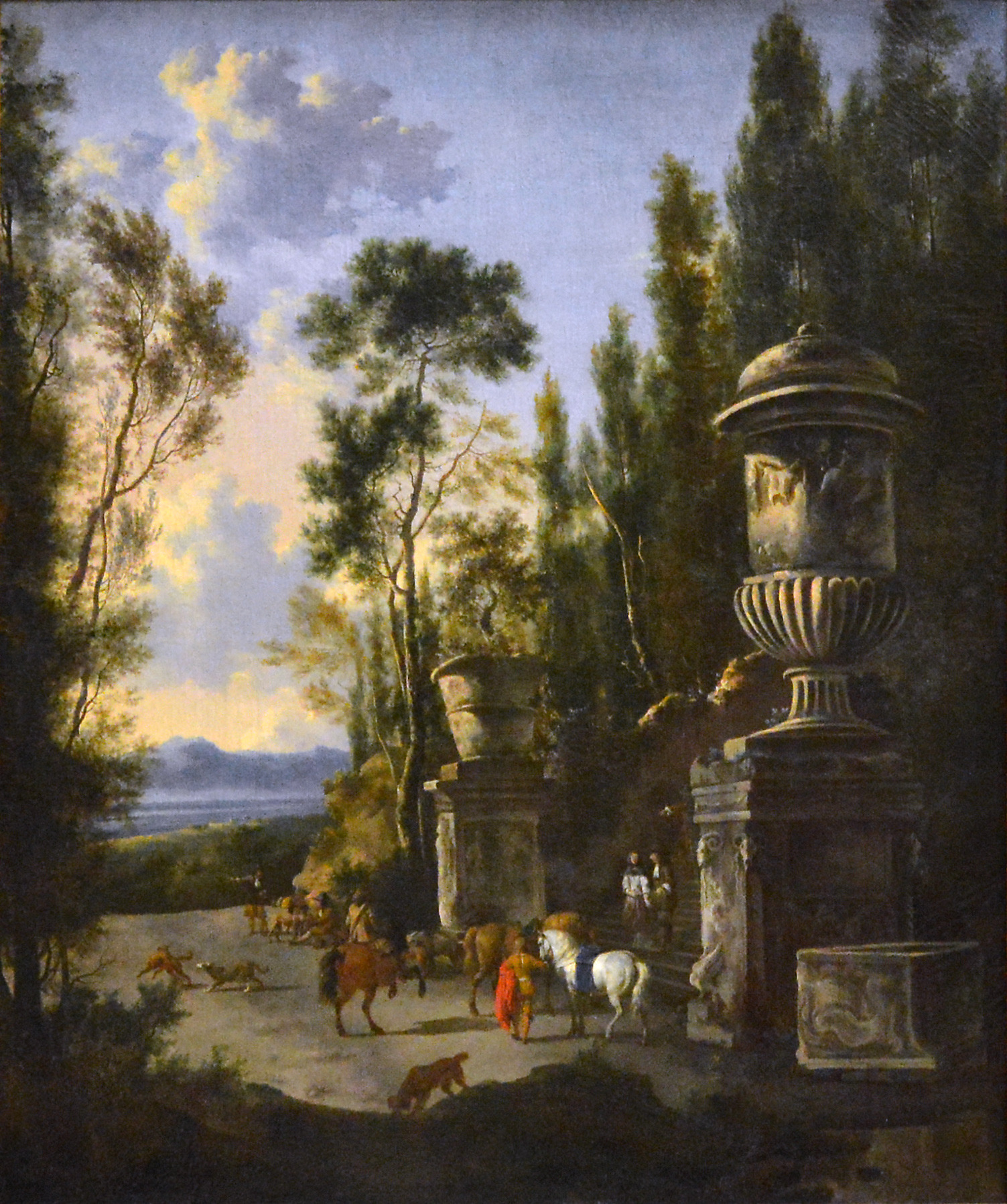
Frederik de Moucheron the Elder was a Dutch landscape painter of the Dutch Golden Age.
Frederik studied under Jan Asselain (1610-1652), then spent three years in Paris before settling in Amsterdam in 1659. De Moucheron painted French, Italian and Dutch landscapes, reproducing with particular care the effects of sunset and gray clouds. Works by this artist are represented in many European art galleries, such as those in St. Petersburg and the Dresden Gallery.
He was the father of the landscape painters Isak de Moucheron and Frederik de Moucheron the Younger.


Fredrik Marinus Kruseman was a Dutch painter who specialized in Romantic style landscapes. He received his first drawing lessons from Jan Reekers and attended the Vocational School in Haarlem from 1832 to 1833. That year, he began to study painting with Nicolaas Johannes Roosenboom and, in 1835, moved to the Gooi, where he took advanced studies with Jan van Ravenswaay. He also studied briefly with the landscape painter, Barend Cornelis Koekkoek. In his output of approximately 300 to 350 paintings, only three still-lifes are known and the rest are landscapes. He also made a large number of drawings.
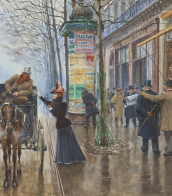
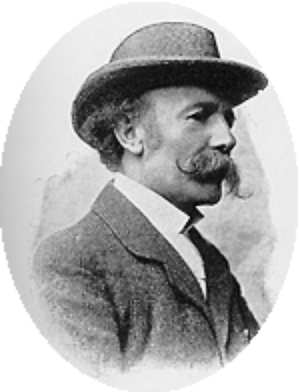
Frederick Morgan was an English painter of portraits, animals, domestic and country scenes. He became known for his idyllic genre scenes of childhood.
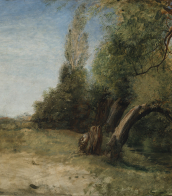

Frederik de Moucheron the Elder was a Dutch landscape painter of the Dutch Golden Age.
Frederik studied under Jan Asselain (1610-1652), then spent three years in Paris before settling in Amsterdam in 1659. De Moucheron painted French, Italian and Dutch landscapes, reproducing with particular care the effects of sunset and gray clouds. Works by this artist are represented in many European art galleries, such as those in St. Petersburg and the Dresden Gallery.
He was the father of the landscape painters Isak de Moucheron and Frederik de Moucheron the Younger.
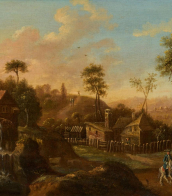
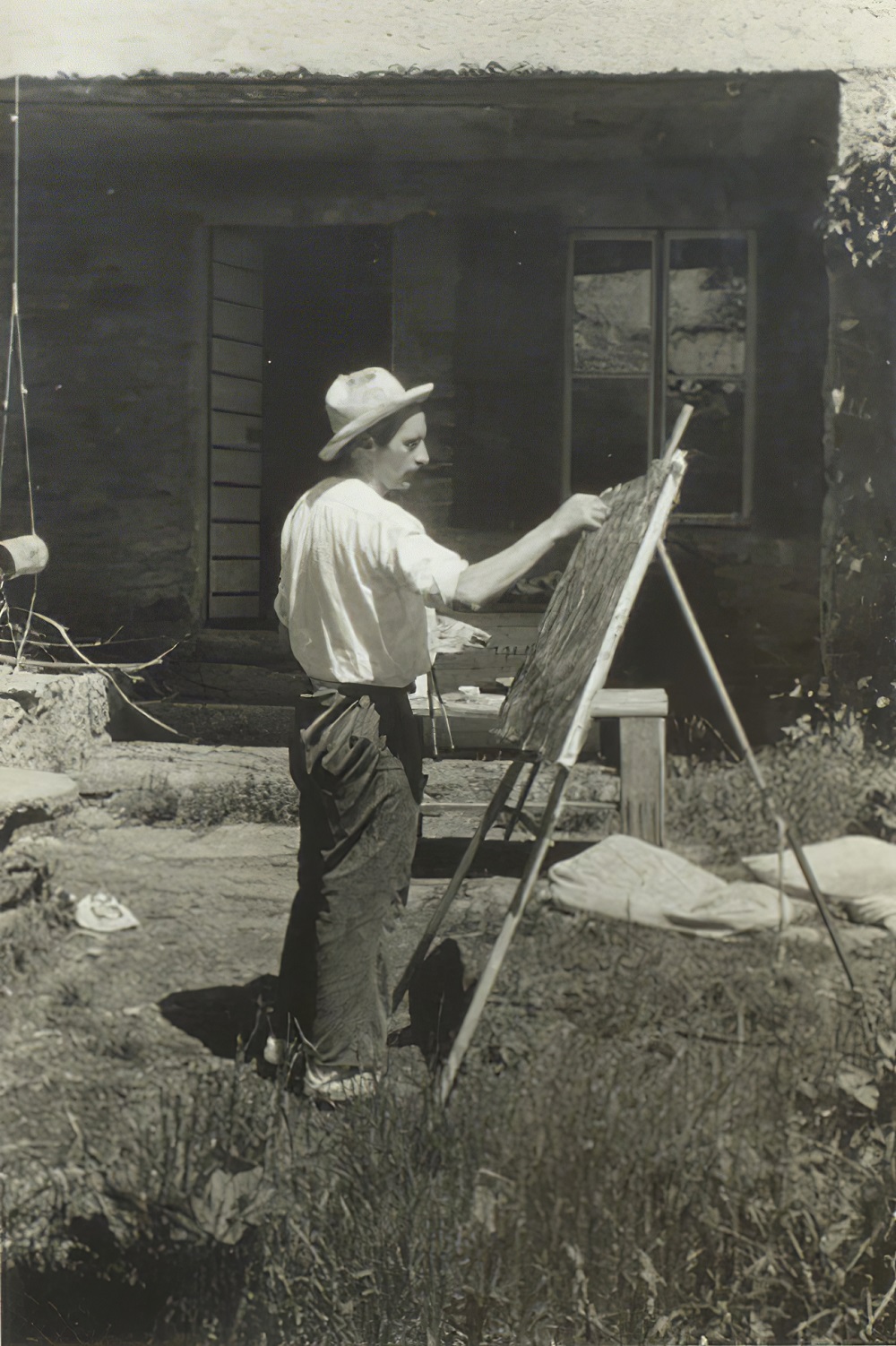
Manfred Henninger was a German painter, draughtsman, graphic artist, ceramist and university lecturer. As an artist, he belongs to the lost generation.
His works often revolve around the themes of the human figure and landscape and can be described as late impressionist.
Manfred Henninger was a member of the Deutscher Künstlerbund.
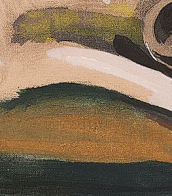

Fredrik Marinus Kruseman was a Dutch painter who specialized in Romantic style landscapes. He received his first drawing lessons from Jan Reekers and attended the Vocational School in Haarlem from 1832 to 1833. That year, he began to study painting with Nicolaas Johannes Roosenboom and, in 1835, moved to the Gooi, where he took advanced studies with Jan van Ravenswaay. He also studied briefly with the landscape painter, Barend Cornelis Koekkoek. In his output of approximately 300 to 350 paintings, only three still-lifes are known and the rest are landscapes. He also made a large number of drawings.
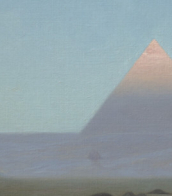

Alfred Sisley was a Franco-British painter, celebrated as a key figure in the Impressionist movement. Born in Paris to British parents, Sisley dedicated his artistic career to capturing the tranquil landscapes of his adopted France, particularly the areas around Paris and Moret-sur-Loing, where he spent his later years.
From the beginning, Alfred Sisley was a devoted landscape artist, preferring to work en plein air to capture the subtle shifts in the atmosphere and light of his surroundings. Unlike some of his contemporaries who explored urban scenes or human figures, Sisley's works predominantly feature rural settings, quiet streets, and serene river scenes, often devoid of people. His approach was deeply influenced by earlier landscape painters like Jean-Baptiste-Camille Corot, yet his style embodies the quintessential Impressionist focus on light and color.
Despite his dedication and prolific output, Alfred Sisley's work did not gain significant recognition or financial success during his lifetime. It was only posthumously that his paintings began to receive the acclaim they deserved, with his canvases now held in prestigious collections worldwide, including the Musée d'Orsay and the National Gallery.
For collectors and experts in art and antiques, Alfred Sisley's works represent a poignant chapter in the history of Impressionism, characterized by a gentle yet profound rendering of the natural world. His paintings not only reflect the beauty of the French countryside but also encapsulate the fleeting moments of light and weather, making them timeless masterpieces of Impressionist art.
For those interested in the serene beauty of Alfred Sisley's landscapes and updates on exhibitions or sales of his works, signing up for specialized newsletters can provide invaluable insights and opportunities.

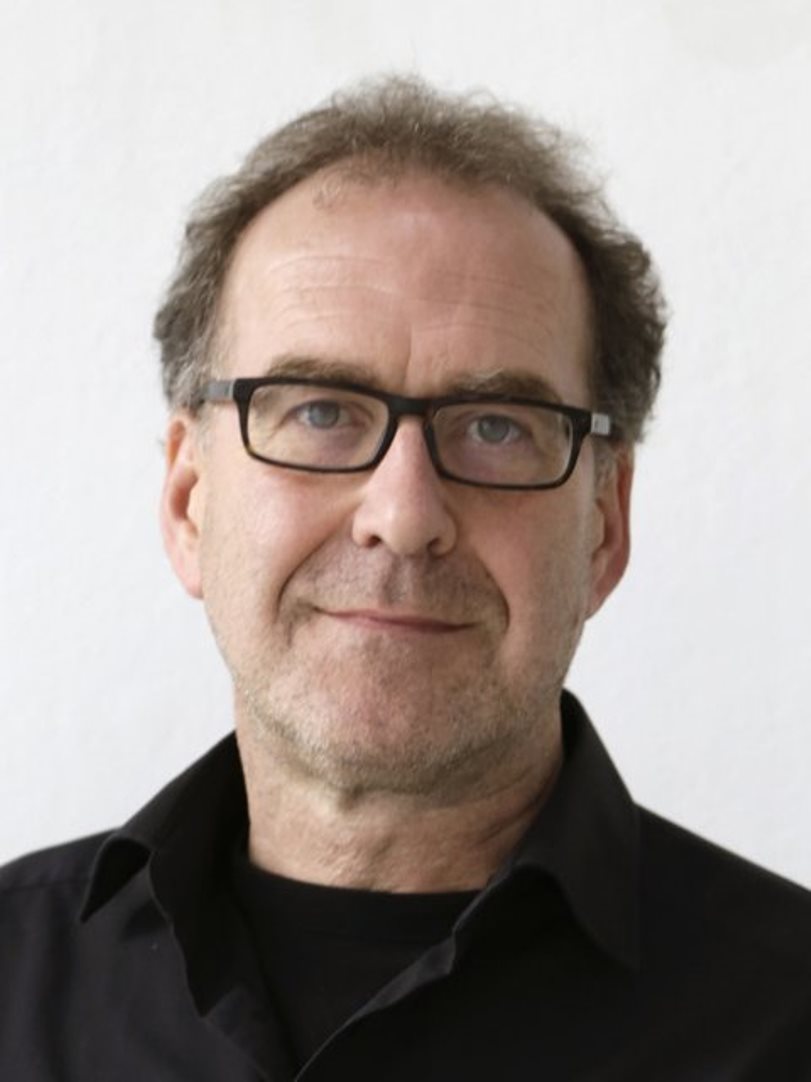
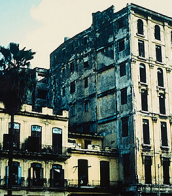

Frederik de Moucheron the Elder was a Dutch landscape painter of the Dutch Golden Age.
Frederik studied under Jan Asselain (1610-1652), then spent three years in Paris before settling in Amsterdam in 1659. De Moucheron painted French, Italian and Dutch landscapes, reproducing with particular care the effects of sunset and gray clouds. Works by this artist are represented in many European art galleries, such as those in St. Petersburg and the Dresden Gallery.
He was the father of the landscape painters Isak de Moucheron and Frederik de Moucheron the Younger.


Alfred Sisley was a Franco-British painter, celebrated as a key figure in the Impressionist movement. Born in Paris to British parents, Sisley dedicated his artistic career to capturing the tranquil landscapes of his adopted France, particularly the areas around Paris and Moret-sur-Loing, where he spent his later years.
From the beginning, Alfred Sisley was a devoted landscape artist, preferring to work en plein air to capture the subtle shifts in the atmosphere and light of his surroundings. Unlike some of his contemporaries who explored urban scenes or human figures, Sisley's works predominantly feature rural settings, quiet streets, and serene river scenes, often devoid of people. His approach was deeply influenced by earlier landscape painters like Jean-Baptiste-Camille Corot, yet his style embodies the quintessential Impressionist focus on light and color.
Despite his dedication and prolific output, Alfred Sisley's work did not gain significant recognition or financial success during his lifetime. It was only posthumously that his paintings began to receive the acclaim they deserved, with his canvases now held in prestigious collections worldwide, including the Musée d'Orsay and the National Gallery.
For collectors and experts in art and antiques, Alfred Sisley's works represent a poignant chapter in the history of Impressionism, characterized by a gentle yet profound rendering of the natural world. His paintings not only reflect the beauty of the French countryside but also encapsulate the fleeting moments of light and weather, making them timeless masterpieces of Impressionist art.
For those interested in the serene beauty of Alfred Sisley's landscapes and updates on exhibitions or sales of his works, signing up for specialized newsletters can provide invaluable insights and opportunities.


Alfred Sisley was a Franco-British painter, celebrated as a key figure in the Impressionist movement. Born in Paris to British parents, Sisley dedicated his artistic career to capturing the tranquil landscapes of his adopted France, particularly the areas around Paris and Moret-sur-Loing, where he spent his later years.
From the beginning, Alfred Sisley was a devoted landscape artist, preferring to work en plein air to capture the subtle shifts in the atmosphere and light of his surroundings. Unlike some of his contemporaries who explored urban scenes or human figures, Sisley's works predominantly feature rural settings, quiet streets, and serene river scenes, often devoid of people. His approach was deeply influenced by earlier landscape painters like Jean-Baptiste-Camille Corot, yet his style embodies the quintessential Impressionist focus on light and color.
Despite his dedication and prolific output, Alfred Sisley's work did not gain significant recognition or financial success during his lifetime. It was only posthumously that his paintings began to receive the acclaim they deserved, with his canvases now held in prestigious collections worldwide, including the Musée d'Orsay and the National Gallery.
For collectors and experts in art and antiques, Alfred Sisley's works represent a poignant chapter in the history of Impressionism, characterized by a gentle yet profound rendering of the natural world. His paintings not only reflect the beauty of the French countryside but also encapsulate the fleeting moments of light and weather, making them timeless masterpieces of Impressionist art.
For those interested in the serene beauty of Alfred Sisley's landscapes and updates on exhibitions or sales of his works, signing up for specialized newsletters can provide invaluable insights and opportunities.
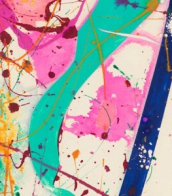
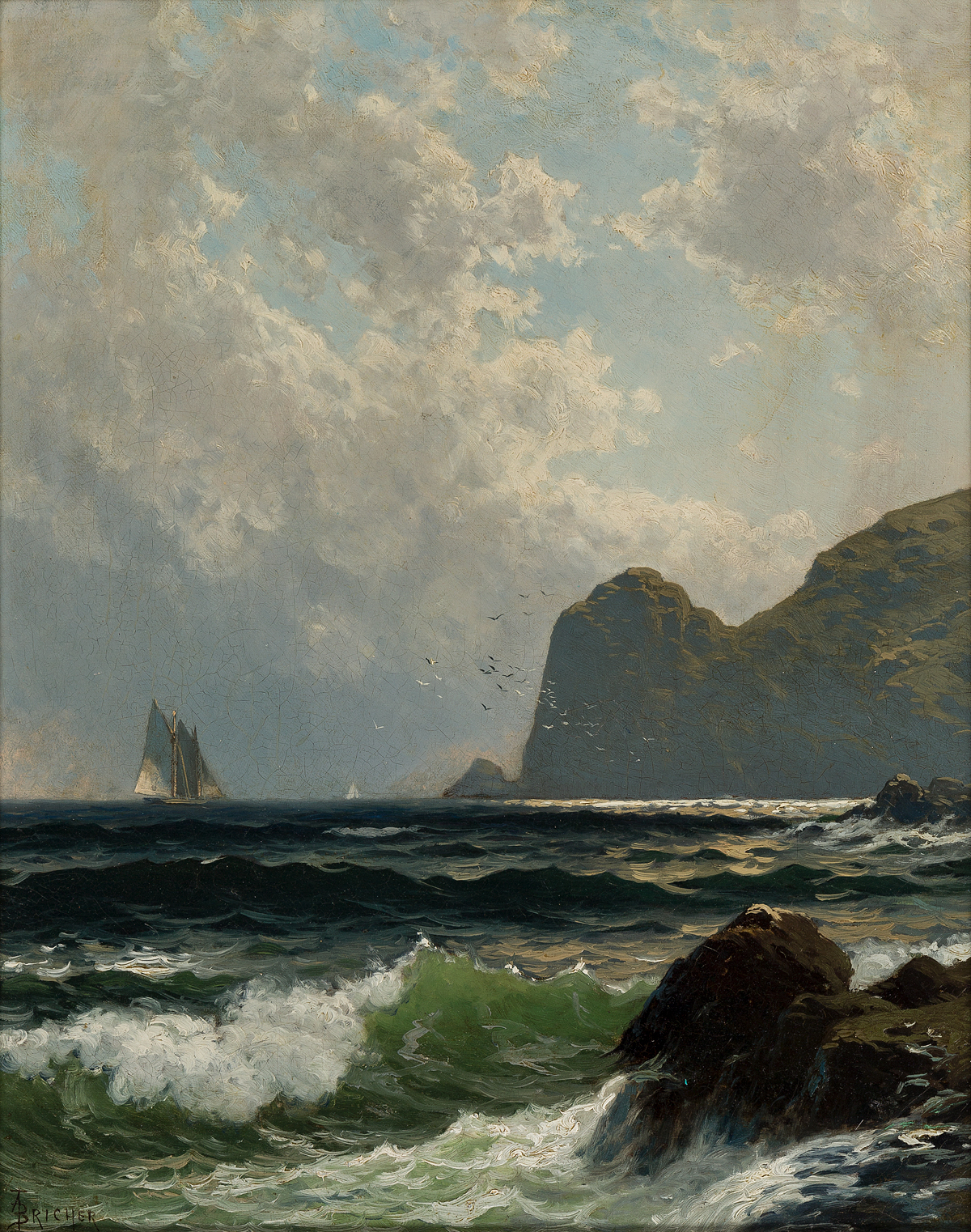
Alfred Thompson Bricher was a painter associated with White Mountain art and the Hudson River School.
In the 1870s, he primarily did maritime themed paintings, with attention to watercolor paintings of landscape, marine, and coastwise scenery. He often spent summers in Grand Manan, where he produced such notable works as Morning at Grand Manan (1878). In 1879, Bricher was elected into the National Academy of Design as an Associate member.

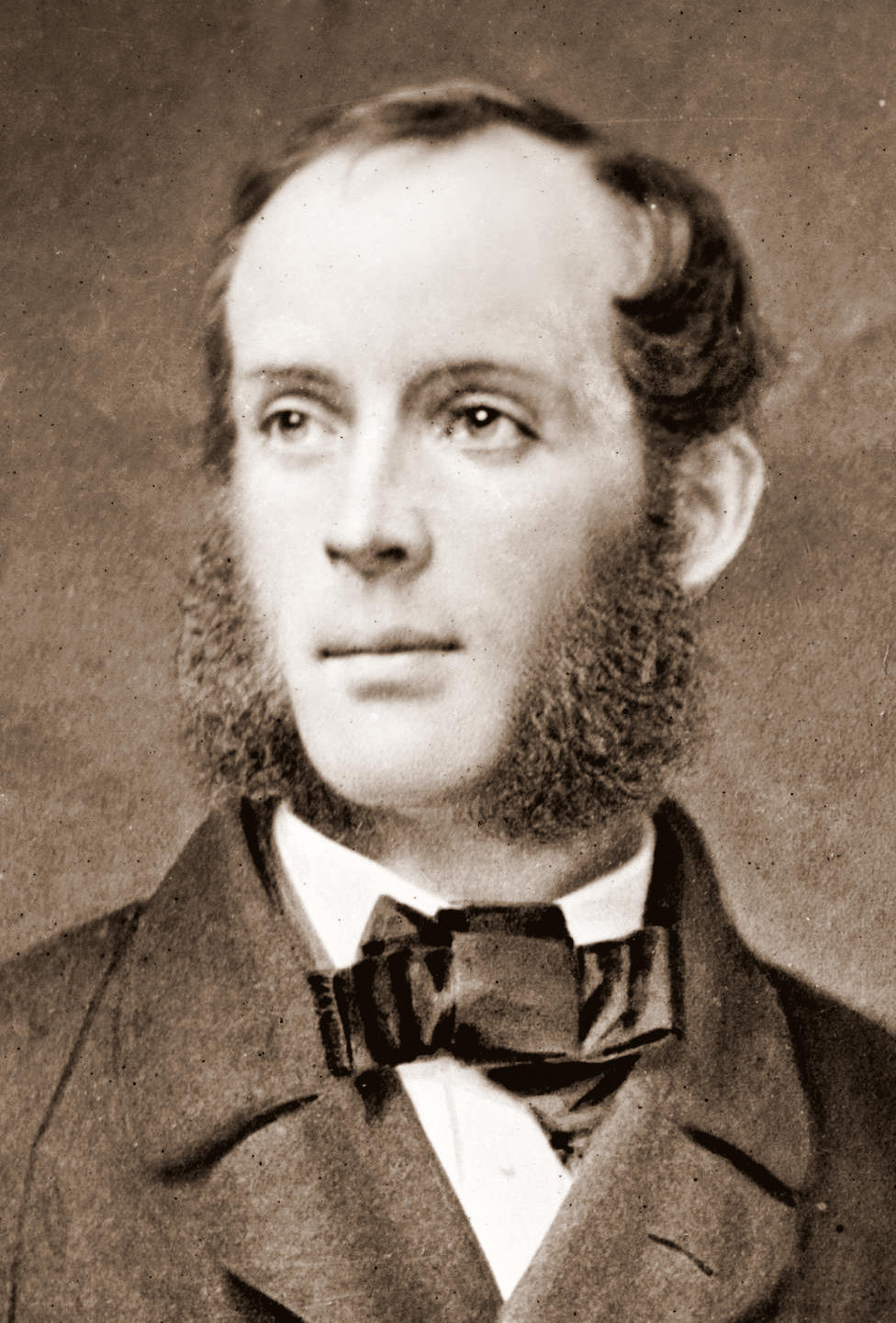
Frederic Edwin Church was an American landscape painter, renowned as a central figure of the Hudson River School. Born in Hartford, Connecticut, Church became famous for his detailed and expansive landscapes which often incorporated a blend of realistic detail and dramatic lighting, epitomizing the Romantic approach to landscape painting.
Church's career was marked by his unique ability to blend meticulous natural observation with a grandiose sense of scale and drama. His paintings, such as "The Heart of the Andes" and "Niagara," showcased his skill in depicting vast and diverse natural environments with scientific accuracy and vivid imagination. These works were not just celebrations of natural beauty but also demonstrations of Church's deep engagement with the places he painted, often based on extensive travels and on-the-spot sketches.
Apart from his mastery in painting, Church also had a significant impact on cultural institutions and public spaces. He was a founding trustee of The Metropolitan Museum of Art and served as a Parks Commissioner in New York City. His contributions went beyond the canvas, influencing both the cultural landscape of his time and the preservation of natural and historic sites through his later life efforts, including the establishment of his home, Olana, as a historic site.
For those interested in the ongoing legacy of Frederic Edwin Church, updates on exhibitions and related events can be obtained through subscriptions focused on his works. This is an excellent way for collectors and art enthusiasts to stay connected with the vibrant history and enduring impact of Church's art.

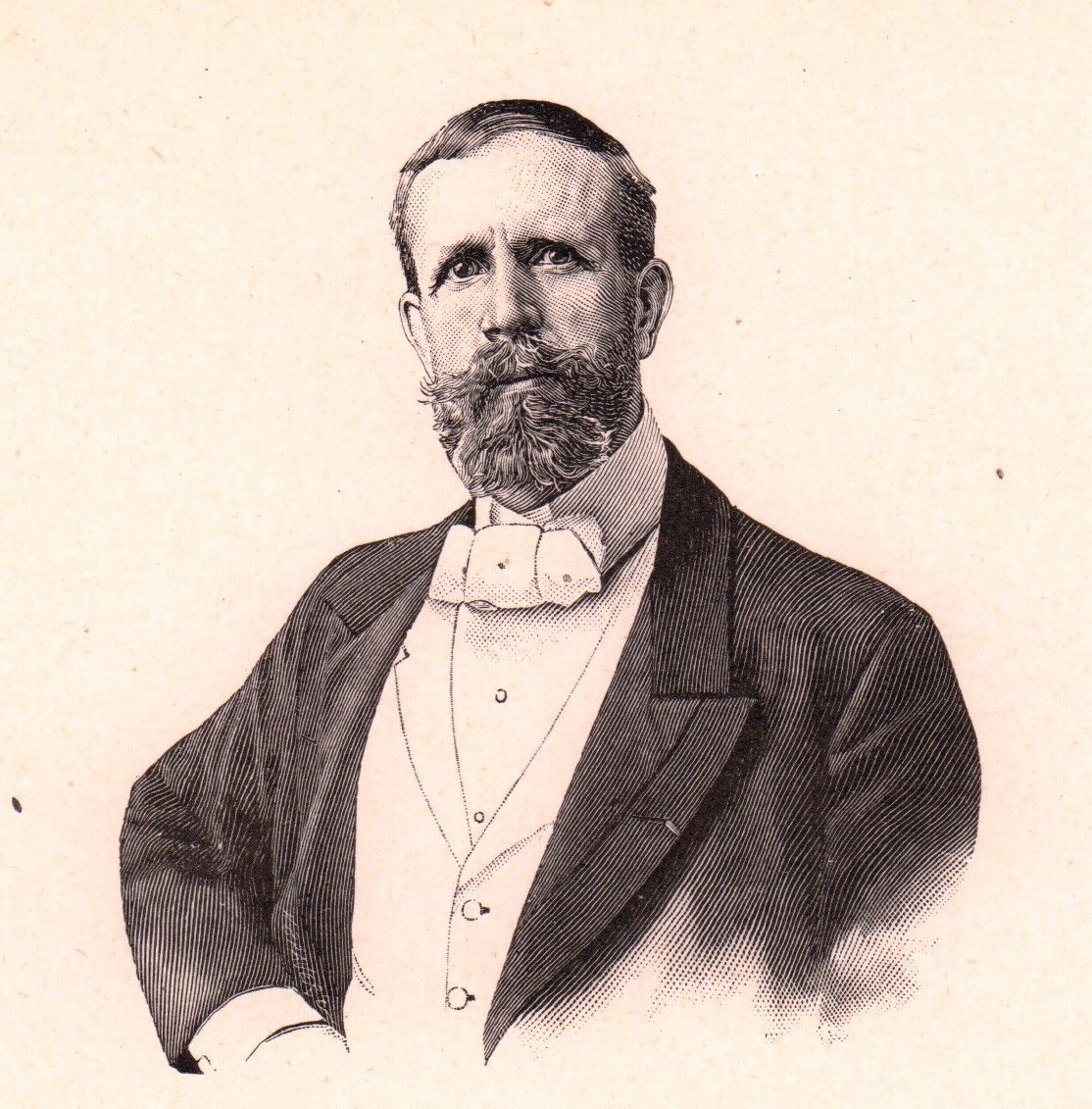
Frederick Arthur Bridgman was an American artist. He was known for his paintings in the Orientalist style.
Frederick Arthur Bridgman studied art at the Brooklyn Art Association and the National Academy of Design in New York. In 1866 he went to Paris to continue his studies at the École des Beaux-Arts. There he worked in the studio of Jean-Léon Gérôme, who at the time was a leading Orientalist painter. Bridgeman painted scenes of everyday life in the area, as well as historical and religious subjects. His paintings were notable for their vivid colours, attention to detail and dramatic compositions.
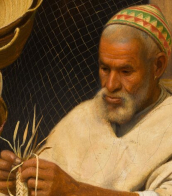

Manfred Henninger was a German painter, draughtsman, graphic artist, ceramist and university lecturer. As an artist, he belongs to the lost generation.
His works often revolve around the themes of the human figure and landscape and can be described as late impressionist.
Manfred Henninger was a member of the Deutscher Künstlerbund.
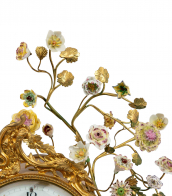
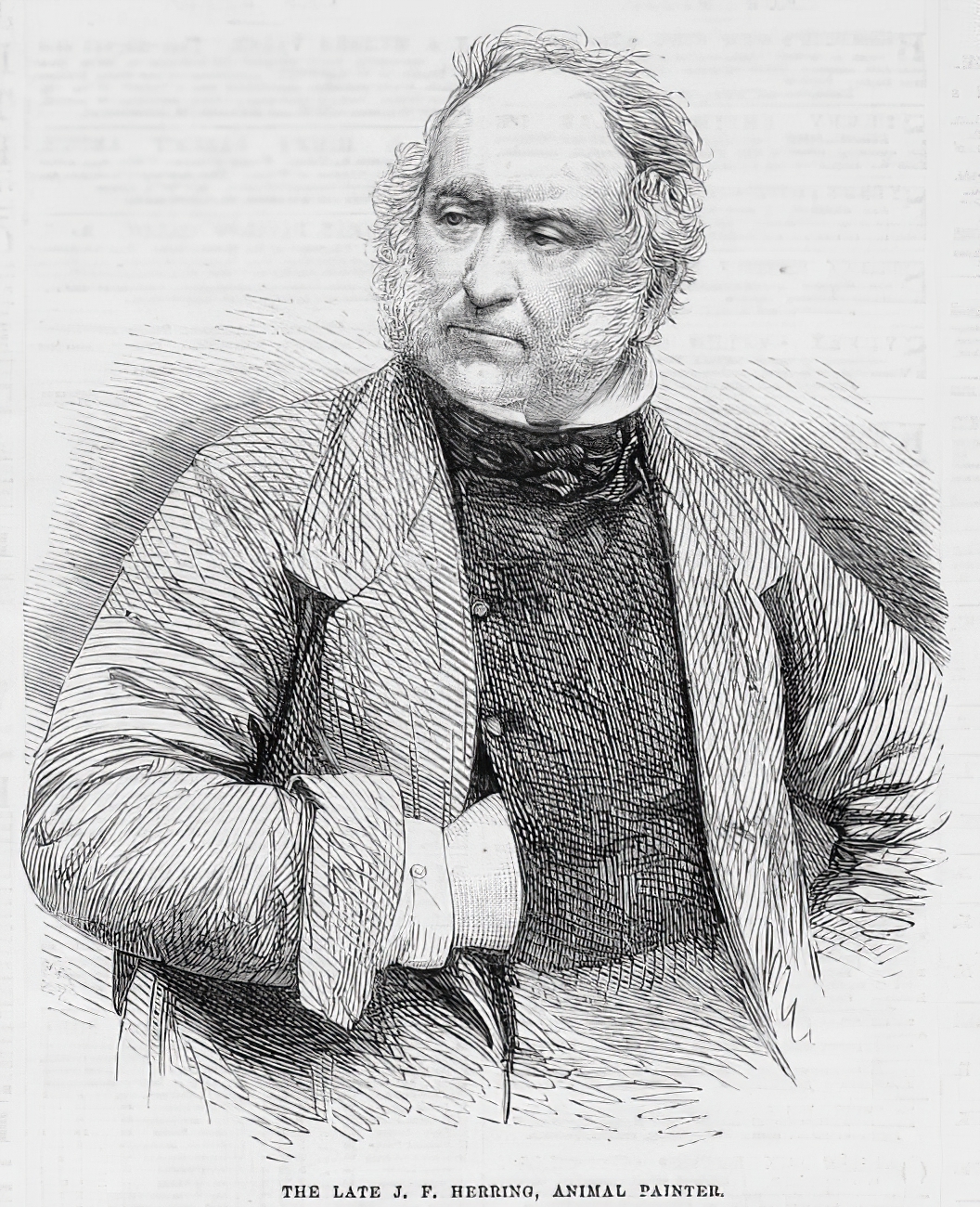
John Frederick Herring the Elder was a British painter of Victorian England.
John had a passion for horses and painting from a young age. In his spare time from his day job as a sign painter and coachman, Herring painted horses for innkeepers and customers. Developing his talent, John specialized in drawing animals and loved to depict sporting events with horses. His impressive and vivid depictions of racehorses, cows and ducks as well as picturesque hunting scenes caught the eye of Queen Victoria. In 1845 Herring was appointed animal painter to Her Royal Highness the Duchess of Kent, followed by a commission from the reigning Queen Victoria, who remained a patron for the rest of his life.
A highly successful and prolific artist, Herring is considered one of the most important animal painters of mid-19th century Europe. He exhibited at the Royal Academy, the British Institution, and the Society of British Artists, where Herring became vice-president in 1842. Three of his sons also became artists.
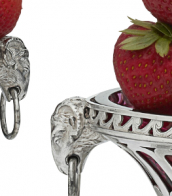
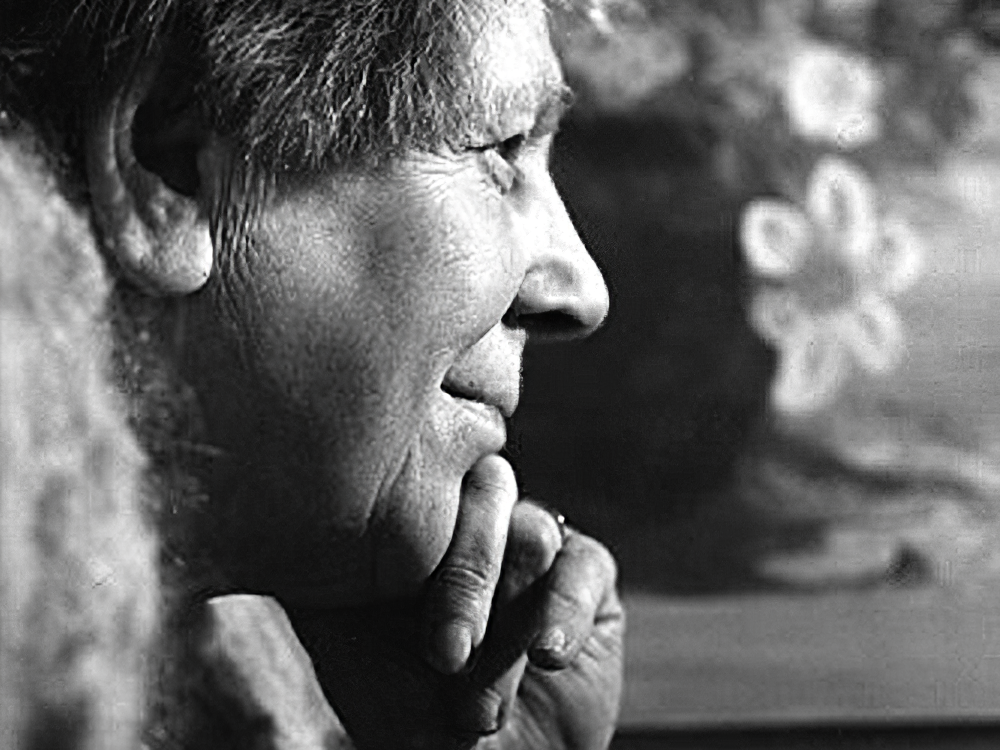
Rosa Winifred Nicholson was a British painter. Winifred Nicholson was a colourist who developed a personal impressionistic style, concentrating on domestic still life objects and landscapes. She often combined the two subjects as seen in her painting From Bedroom Window, Bankshead showing a landscape viewed through a window, with flowers in a vase in the foreground.


Alfred Sisley was a Franco-British painter, celebrated as a key figure in the Impressionist movement. Born in Paris to British parents, Sisley dedicated his artistic career to capturing the tranquil landscapes of his adopted France, particularly the areas around Paris and Moret-sur-Loing, where he spent his later years.
From the beginning, Alfred Sisley was a devoted landscape artist, preferring to work en plein air to capture the subtle shifts in the atmosphere and light of his surroundings. Unlike some of his contemporaries who explored urban scenes or human figures, Sisley's works predominantly feature rural settings, quiet streets, and serene river scenes, often devoid of people. His approach was deeply influenced by earlier landscape painters like Jean-Baptiste-Camille Corot, yet his style embodies the quintessential Impressionist focus on light and color.
Despite his dedication and prolific output, Alfred Sisley's work did not gain significant recognition or financial success during his lifetime. It was only posthumously that his paintings began to receive the acclaim they deserved, with his canvases now held in prestigious collections worldwide, including the Musée d'Orsay and the National Gallery.
For collectors and experts in art and antiques, Alfred Sisley's works represent a poignant chapter in the history of Impressionism, characterized by a gentle yet profound rendering of the natural world. His paintings not only reflect the beauty of the French countryside but also encapsulate the fleeting moments of light and weather, making them timeless masterpieces of Impressionist art.
For those interested in the serene beauty of Alfred Sisley's landscapes and updates on exhibitions or sales of his works, signing up for specialized newsletters can provide invaluable insights and opportunities.
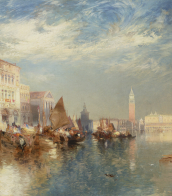

John Frederick Kensett was an American landscape painter and engraver born in Cheshire, Connecticut. He was a member of the second generation of the Hudson River School of artists. Kensett's signature works are landscape paintings of New England and New York State, whose clear light and serene surfaces celebrate transcendental qualities of nature, and are associated with Luminism. Kensett's early work owed much to the influence of Thomas Cole, but was from the outset distinguished by a preference for cooler colors and an interest in less dramatic topography, favoring restraint in both palette and composition. The work of Kensett's maturity features tranquil scenery depicted with a spare geometry, culminating in series of paintings in which coastal promontories are balanced against glass-smooth water. He was a founder of the Metropolitan Museum of Art.
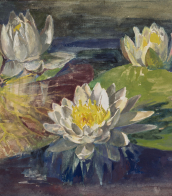

John Frederick Kensett was an American landscape painter and engraver born in Cheshire, Connecticut. He was a member of the second generation of the Hudson River School of artists. Kensett's signature works are landscape paintings of New England and New York State, whose clear light and serene surfaces celebrate transcendental qualities of nature, and are associated with Luminism. Kensett's early work owed much to the influence of Thomas Cole, but was from the outset distinguished by a preference for cooler colors and an interest in less dramatic topography, favoring restraint in both palette and composition. The work of Kensett's maturity features tranquil scenery depicted with a spare geometry, culminating in series of paintings in which coastal promontories are balanced against glass-smooth water. He was a founder of the Metropolitan Museum of Art.
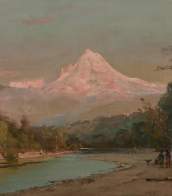

Manfred Henninger was a German painter, draughtsman, graphic artist, ceramist and university lecturer. As an artist, he belongs to the lost generation.
His works often revolve around the themes of the human figure and landscape and can be described as late impressionist.
Manfred Henninger was a member of the Deutscher Künstlerbund.
